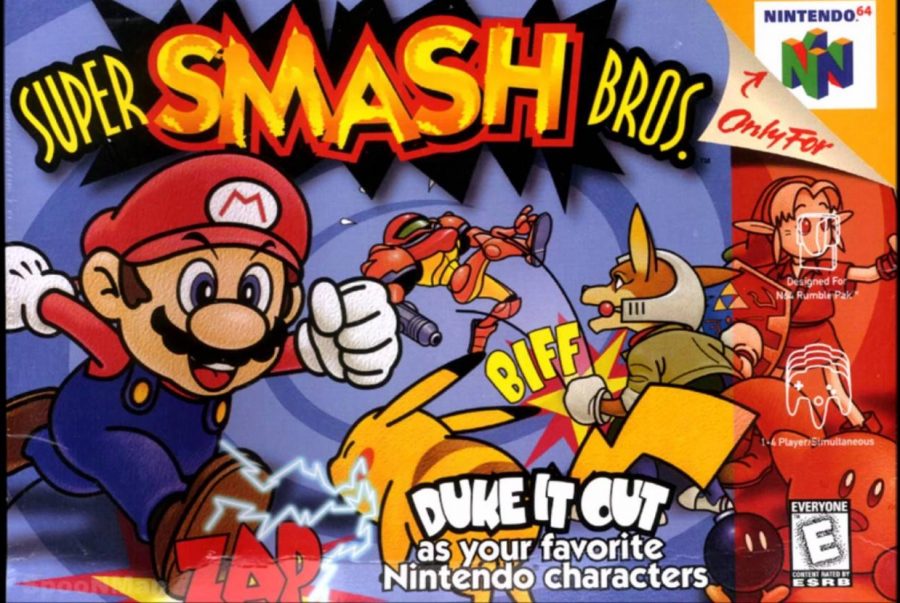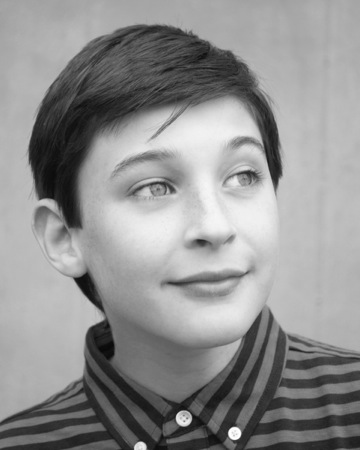Controller PORT: Super Smash Bros
December 10, 2018
Super Smash Bros Ultimate will come out on December 7th, and the hype behind it is overwhelming. Every character ever to appear in any Smash Bros game is in the roster, the Spirits mode adds an interesting new collectable system to dive into, and the world of light story mode has fans excited for a single-player story mode. But before the game launches, let’s look back to the series’ humble origins, and see how far the series has come.
The first game in the series, titled simply Super Smash Bros, launched in America on April 26th, 1999 for the Nintendo 64, Nintendo’s first 3D console. As compared to Ultimate’s massive 74 character roster, the original had only 8 fighters available from the outside (Mario, Donkey Kong, Yoshi, Link, Samus, Kirby, Fox, and Pikachu), with 4 others (Captain Falcon, Jigglypuff, Ness, and Luigi) unlockable later. And as opposed to the 103 stages in Ultimate, there are a scant 9. While this can mostly be cracked up to the N64’s substantially lower processing power, it was also not treated as highly as the series is now. As opposed to the consistent best seller the series is now, the game was at one point was not intended to be released outside of Japan.
The game was the brainchild of Kirby creator Masahiro Sakurai. Wanting a break from Kirby games, he started work on an N64 fighting game with 4 player support. The game originally featured original characters, and was called Dragon King: The Fighting Game. However, to increase interest in the game, he wanted to use Nintendo characters. After creating a prototype in secret, he showed the higher-ups at Nintendo and the game was approved.
However, it is necessary to note that the characters in Smash Bros are not the in-universe characters, but rather simulations created by Master Hand, a villainous white gloved hand fought in the story mode. This fact has become less and less touched on as the series progressed, with Super Smash Bros Brawl and Super Smash Bros for WiiU and 3DS barely touching on it at all. Over time, the series didn’t have to explain why Mario just threw Luigi into an infinite abyss anymore, the players just accepted it and moved on.
The game only has 2 main modes, training, and a few-sub modes. Firstly, there is the series staple multiplayer mode, which sees up to 4 players or CPUs (computer controlled opponents), to duke it out on any stages with a varied amount of projectile attacks, melee attacks, and projectiles. Every character has a distinct moveset, which you can practice with in the practice mode. Matches can be played with two types of rules- timed, where players see who can defeat their opponents the most times before time runs out, or stocks, where players have a set amount of lives, and the last man, woman, electric mouse or pink puffball standing wins.
The 1 Player mode, referred to in more modern games as Classic Mode, sees the player choose a character and work through a gauntlet of different challengers, facing the game’s roster, and some 1P exclusive characters, like Metal Mario, the Fighting Polygon Team, and the final boss Master Hand. There are also some non fighting challenges where the player is required to break all of the targets by attacking them without dying within a time limit, reach the end of a stage before time runs out, or boarding all of the platforms.
The game is pretty clunky and barebones by today’s standards, but it hasn’t aged horribly. All the foundations for the series were laid down here, and the series’ strong as steel core has helped keep the franchise viable and fun to this day.


